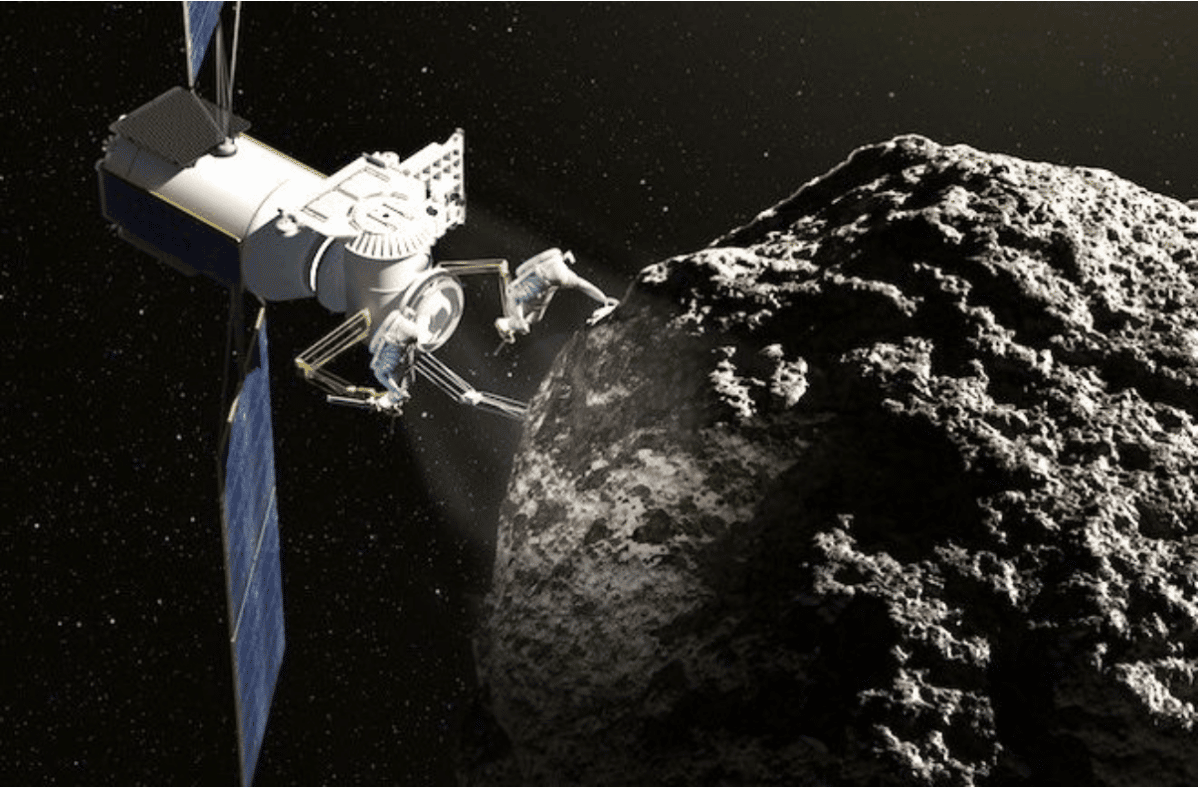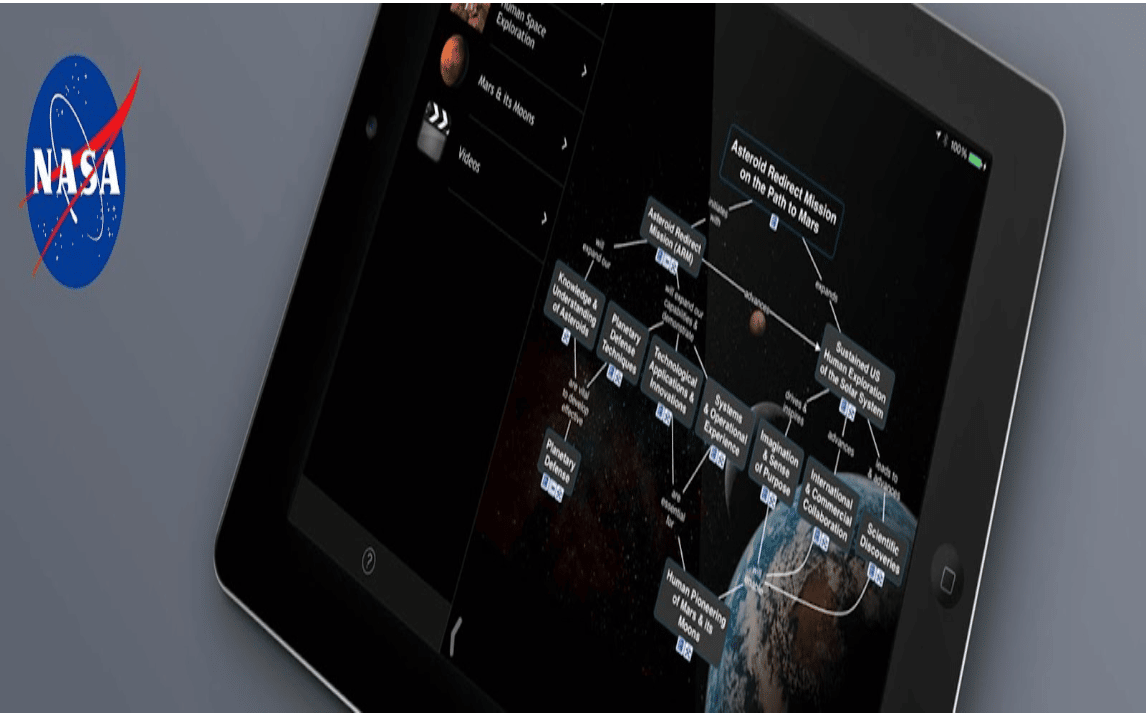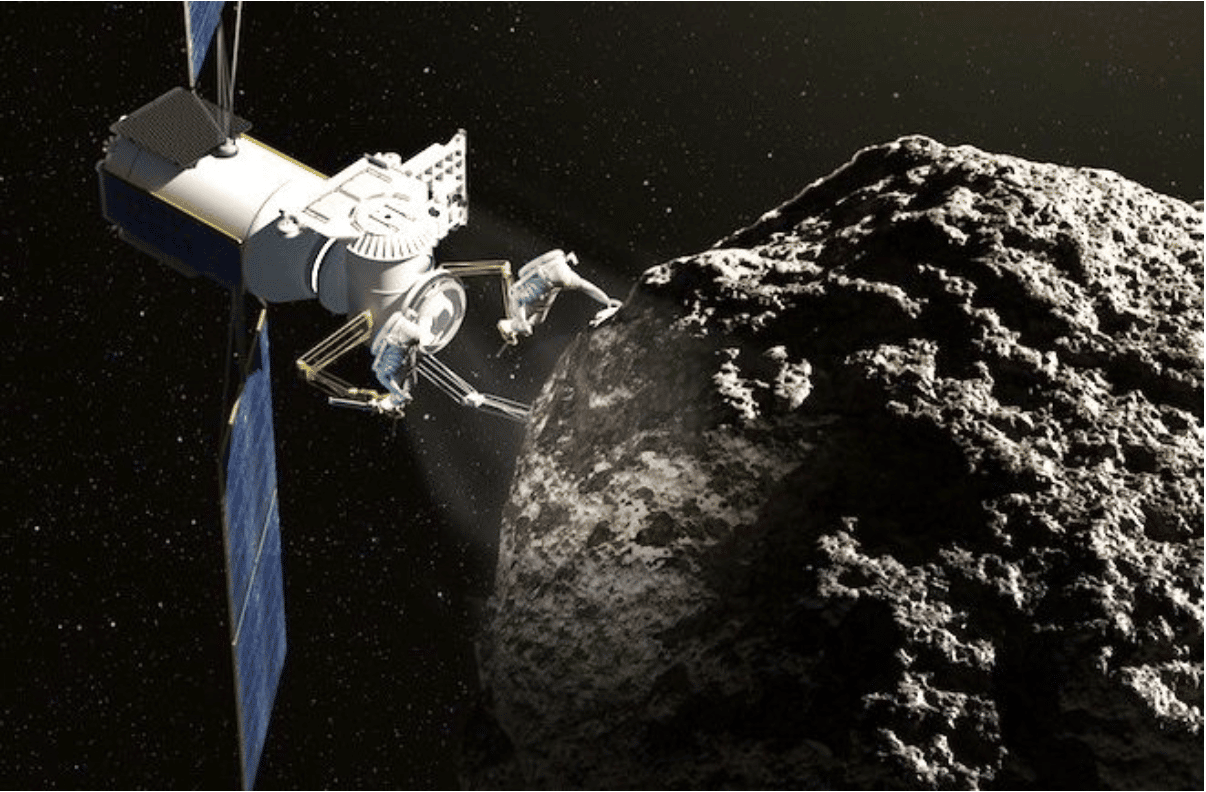The solar system is more than just the nine planets and their moons – it’s also home to an array of smaller bodies such as asteroids, meteoroids, and comets. Some of these, known as Near-Earth Objects (NEOs), are especially close to our planet. In 2013, NASA unveiled a daring plan: to send a spacecraft on a mission to a NEO, collect a sample from it, and bring it back to Earth for further study. This is known as the Asteroid Redirect Mission, and in this article, I’ll delve into all the crucial details.
Brief History of the Asteroid Redirect Mission (ARM)

In 2013, NASA introduced the Asteroid Redirect Mission (ARM). It involves sending a robotic spacecraft to gather samples from an asteroid, then redirecting it to a stable orbit around the moon for future exploration by astronauts.
NASA has long been interested in exploring asteroids, with plans for crewed missions dating back to 1969. But it wasn’t until recently that the necessary technology was developed. The ARM is just one of many efforts by NASA to understand these space rocks.
In 1980, NASA administrator Robert Frosch told Congress that several technological advancements would be necessary for a successful manned mission to an asteroid, including the ability to bring one back to Earth. For 20 years, NASA focused on developing and testing new technologies for asteroid exploration.
In 2000, the Near Earth Asteroid Rendezvous (N.E.A.R) Shoemaker mission became the first spacecraft to orbit and land on an asteroid. In 2011, the Dawn spacecraft orbited and reached Vesta, an asteroid in the main belt, before continuing on to Ceres, the largest asteroid in the solar system. These missions have opened up new possibilities for asteroid exploration.
Why Was the Asteroid Redirect Mission (ARM) Important?
NASA’s Asteroid Redirect Mission aimed to retrieve a boulder from an asteroid and redirect it into lunar orbit. However, the mission had a larger goal of developing advanced technologies for space exploration and gaining experience for future human space missions to places like Mars. It’s important due to the the following reasons:
- Ground Between Earth and Mars
The Asteroid Redirect Mission allowed the agency to break free from earth’s grip and explore the solar system, pushing the boundaries of human spaceflight and furthering our understanding of our place in the cosmos. If successful, the mission could open up new opportunities for NASA to explore further into the solar system and establish a new testing ground for space technologies in the earth-mars region, enabling longer space missions to distant destinations.
- Solar Electric Propulsion
The mission was a proposal to test Solar Electric Propulsion (SEP) for spacecraft. Previously, NASA mainly used chemical propulsion, but SEP converts solar energy into electromagnetic fields for low-thrust acceleration, making it more efficient. The mission allowed NASA to assess SEP’s capabilities and limitations. The potential for SEP to revolutionize space travel, including sending humans and cargo to Mars as part of the Mars Ascent/Descent Vehicle project, is significant.
- Improved Trajectory and Navigation
NASA’s Asteroid Redirect Mission (ARM) is a groundbreaking mission to visit an asteroid and develop precise methods for maneuvering and controlling these space rocks. ARM also serves as a stepping stone towards future exploration of Mars by optimizing the power and trajectory of spacecraft heading to the planet. ARM is an exciting opportunity to be at the forefront of space exploration and advance our understanding of celestial objects in the solar system.
- Advanced Sample Collection Techniques
Asteroids are small, rocky objects formed during the creation of the solar system that orbit the sun. They may contain valuable minerals and resources. NASA’s Asteroid Redirect Mission (ARM) was the first attempt to take samples from an asteroid and redirect it to a new orbit. By studying the asteroid, NASA hopes to learn more about its composition and potentially discover new substances that could be used for rocket fuel or breathable air for astronauts. The techniques used to preserve the samples will also be useful for future sample collection from Mars.
- Advancement in Space Exploration
NASA’s every space mission – successful or not – brings about new experiences and expands our understanding of the solar system. The ARM sought to cut the cost of space exploration by developing reusable systems and lengthening the time it takes to travel through space. By doing so, ARM will help NASA gain new insights and devise new techniques to facilitate future space exploration.
The Asteroid Redirect Mission Process
NASA’s Asteroid Redirect Mission (ARM) aimed to collect a sample from an asteroid using Solar Electric Propulsion (SEP), a highly efficient method that uses the sun’s energy to generate electricity. The spacecraft would either use a capture bag to hold an 8 meter, 500 ton asteroid, or knock a boulder from the asteroid’s surface into lunar orbit using robotic arms and an integrated drill. The Orion spacecraft would then collect samples from the vehicle and bring them back to earth. The final decision on the target asteroid was not yet made, with options including (341843) 2008 EV5, Itokawa, Bennu, and Ryugu.
Drawbacks of the Asteroid Redirect Mission (ARM)
As exciting and endearing as the Asteroid Redirect Mission sounds, the project faces several controversies and challenges. Some of these challenges include:
- Public Backlash
The Asteroid Redirect Mission (ARM) was met with some opposition within the space exploration community. MIT Professor Richard Binzel, an expert on asteroids, criticized the mission for lacking scientific value and being a distraction from NASA’s goal of reaching Mars. He even went so far as to mockingly refer to ARM as the “Far Away Robotic Sandcastle Experiment” (FARCE), arguing that it was a waste of time, money, and resources.
- Technical Difficulty
The Asteroid Redirect Mission (ARM) presents a unique challenge: how to land on, take off from, and redirect an asteroid. To successfully navigate and land on the asteroid, NASA’s spacecraft for the mission will be outfitted with state-of-the-art technologies such as advanced sensors and guidance systems. Despite these advanced tools, landing on an asteroid remains a formidable challenge with the potential for technical difficulties or other unforeseen issues to arise during the mission.
- Funding
During President Obama’s tenure, NASA was tasked with an ambitious goal: sending astronauts to an asteroid and Mars. However, a 2012 feasibility study prepared for the Keck Institute for Space Studies estimated that the Asteroid Redirect Mission would cost around $2.6 billion. In 2014, $105 million was allocated to begin preparations for the mission’s launch. Unfortunately, funding for the project was cut in 2017 when President Trump took office.
What Is the Asteroid Redirect Mission (ARM) App?

The ARM app is a digital resource that provides information about the mission, including concept maps and other materials such as videos, images, and texts. The app is available for free on the iPad and is intended to inform the public about the potential benefits of the mission for humans, as well as the possibility of establishing a proving ground for making astronauts more independent from Earth.
The ARM mission was cancelled in 2017 due to budget constraints and a shift in focus towards returning humans to the moon with the Artemis program. However, the concept of redirecting asteroids for exploration or other purposes remains of interest to NASA and other space agencies, and it is possible that similar missions could be proposed in the future.
To download the app, visit NASA’s official website, especially its app homepage.
What Is Next for ARM?
Despite the discontinuation of the Asteroid Redirect Mission (ARM), NASA’s astronauts remain committed to exploring asteroids and learning all about their orbits, sizes, velocities, and more. This research has the potential to yield valuable scientific discoveries and new technologies for future asteroid exploration efforts. Want to learn more about ARM? You can do so by following NASA on all social media platforms.
Related articles:

